share
The metaverse is not exactly a monolith thing, it consists of multiple virtual spaces, and the promise of the technology is to unify them all into an interconnected, seamless virtual world. A significant part of that promise is bound to be fulfilled through NFTs: they fit the bill perfectly as the vehicle for moving virtual property across virtual worlds. Despite having difficulty achieving the monumental goal of creating robust enough metaverse platforms that meet people’s expectations this year, the industry is still inching towards finally making something worth dipping your toes in. Whatever you can think of in terms of virtual property is possible: digital real estate, virtual goods, digital merchandise, and even entire art galleries of unique digital art. All of these things are being worked on by different metaverse projects as we speak.
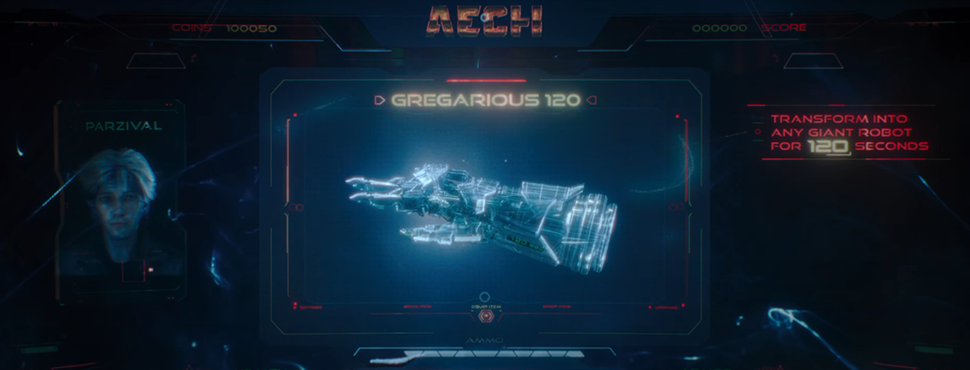
NFTs and Metaverse as Unprecedented Revenue Sources Within Virtual Worlds
The way NFTs can represent virtual assets in metaverse projects makes the technology the best growth driver for digital asset ownership on the internet. Cryptocurrencies per se are only just one link in the chain of digital property ownership online. It only makes sense to invest in the budding industry, but the image of NFT investing has been tarnished by incredibly insipid NFT collections that have been quickly made a laughing stock for the entire online community. And the community is right: 99.99% of NFT collections are nothing more than glorified trading cards disguised as valuable digital goods. What is the value, you may ask? “Well, they are… unique! Absolutely unique and one-of-a-kind, there is no way to copy it!” they say, but in reality, an NFT is just a useless receipt for a digital file that can be easily copied, so the only unique thing about the token is the random string of characters representing the token on the blockchain. There is absolutely no value in that. However, people still pay real money for NFTs. Therefore, there must be something to it. Well, there is something to the infrastructure, and that’s where a smart investor would put their money — the actual revenue-generating system that brings profits as long as people are trading. Put the metaverse and NFT in one sentence, and it’s like putting two and two together: it opens up the potential for a multi-billion dollar industry.
What Is the Infrastructure for Metaverse NFTs?
A marketplace for trading NFTs that have value in the metaverse is what holds the highest revenue potential in the coming years. Whether or not there is any real value in virtual land that people are buying and selling, a smart investor will be making profits on fees.

So, a platform where users trade non-fungible tokens representing digital land plots, virtual goods, virtual real estate, and virtual objects, which will more often than not just be in-game items for a video game. To a smart investor, the metaverse NFT price doesn’t quite matter. They do concern themselves with the question of what is the best metaverse NFT project, but not for the reasons everyone else does. The best metaverse NFTs are the ones that people are hyped about and will pour money into, which translates into revenue for metaverse marketplaces. In other words, in this uncertain and speculative market, one thing is certain: the infrastructure keeps making money, and that’s where you should keep your investing eye on.
Virtual World: What Makes a Great Metaverse NFT Marketplace for Digital Assets?
There are several factors that can help us identify the best virtual marketplace for people to buy metaverse NFTs.

- User-friendly presentation: a platform can’t effectively get users to enjoy the shopping experience if finding what you want takes more clicks than necessary.
- Rarity filters: hyped-up projects drive traffic, and it’s not only essential for a platform to put the most coveted items forward but also encourage users to go hunting for hidden gems. It’s even better if there are gamification elements to it.
- Social media features: every successful product owes a large part of its success to the dedicated community it builds around itself. Platforms that have zero community-building features are destined to fail.
- Decentralization: the core of the technology and possibly the biggest part of its promise is how independent it is from outside influence. Censorship, government overreach, or just plain old human error? These things can’t be on the list of risks to the platform’s stability and function.
- Interactivity: it helps to have VR and augmented reality sprinkled into the user experience, even if it’s just for the sake of having it as a selling point. The more future-proof the platform seems, the better.
- Secure transactions: Peer-to-peer transactions are the best, and a platform that is built to be hack-proof is always a winner.
- Multi-layered user security: in crypto, it’s always the easiest to simply dump the responsibility for user funds on the users themselves. Private keys, paper wallets, cold storage, these things surely have their place, but when you’re in the business of serving a fresh wave of newbies, it’s important to either strike a balance between user responsibility and platform responsibility or simply provide the users with multiple options. It’s only trustworthy to lay it all out on the table for the user to decide for themselves.
- Tokenization: again, it’s about providing options. Tokenizing NFTs into divisible parts or simply offering a quick NFT creation service can help drive more users to the platform.
- Open-source NFT wallet: when it comes to being compatible with as many metaverse projects as possible, nothing beats the open-source option. Proprietary crypto wallet systems may look sexier, but they take much longer to integrate with other metaverse NFT projects.
- NFT storage options: the InterPlanetary File System (IPFS) protocol behooves any platform that aspires to be decentralized and stable enough to gain the audience’s trust.
The Hottest NFT Projects in the Metaverse Space
When it comes to buying digital assets, most people go with trustworthy projects that have proven their mettle in this competitive space, and these are absolutely crucial for NFT marketplaces to feature.
The list of projects that feature the best metaverse NFTs is not particularly long, which is why you should always stay on the lookout for new contenders in the metaverse game. The market is far from saturation, so there is no way of knowing what kind of virtual worlds we’ll be seeing at the top in the future.
Decentraland
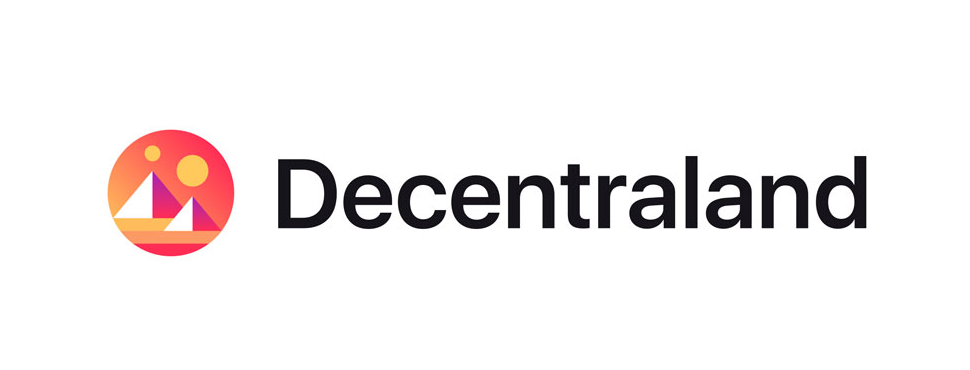
One of the most popular projects in the space, it’s an open virtual world that makes great use of NFTs and blockchain technology. Decentraland is one of the original platforms that started the craze around metaverse NFTs. Users get to explore, level up, connect with others, and trade digital assets such as virtual land. It was one of the first projects where NFTs served as the key resource in the metaverse. The way NFT technology is employed in Decentraland has since become an example that other platforms follow to this day. Whether or not it stays at the top of the market, one thing is clear: it has earned its place in the hall of fame of NFT metaverse projects.
Property’s Virtual Reality

Perhaps the most advanced of them all, this metaverse NFT project aims to provide an unprecedented experience, both inside and outside of the metaverse. NFTs here serve as trading cards that represent various real estate items. In an effort to bump up the spectrum of the digital assets available in its virtual world, this metaverse NFT project sought partnerships with all kinds of businesses. One of them is the Crypto Baristas, who now have their brand coffeeshops in the game.
CryptoPunks

Despite launching as far back as 2017, CryptoPunks as an NFT collection popped off during the NFT craze and became, perhaps, the most recognized projects both in the crypto space and outside of it. Generated by an algorithm, each of these non-fungible tokens is unique and can be used as an avatar. These are considered more as collectibles rather than something you’d buy for utility, but it’s only a matter of time until someone makes it into a more interactive thing, perhaps one that could be used in augmented reality or metaverse NFT-based crypto games.
Samurai Doge

Who doesn’t love Doge? Yet another spin-off NFT collection of the memetastic Shiba Inu. 10,000 animated Samurai metaverse-ready avatars. The project has been likened to Axie Infinity. The project’s promise is that genesis Samurai Doge holders will be eligible for a 3D Samurai Doge, to be accessible on their augmented reality app, yet to be released. Sounds pretty weak, but if people are buying it, why not?
The SandBox
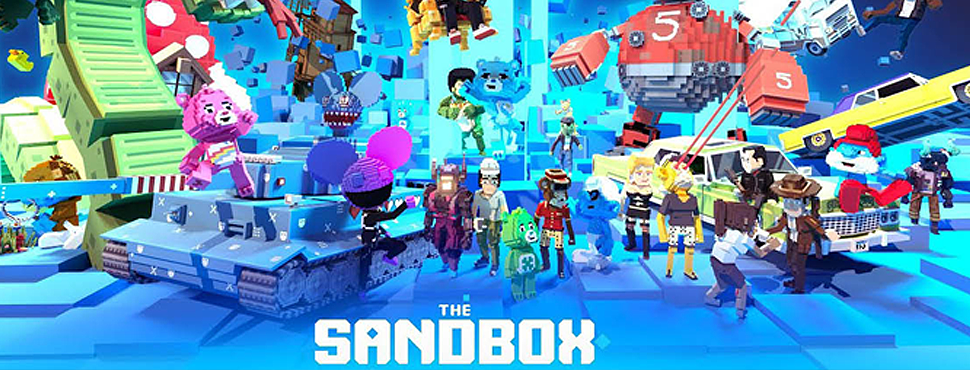
The Sandbox is a major metaverse NFT project that has seen pretty solid success so far. Users get to purchase virtual plots of land as NFT assets and construct various infrastructures on them. As a metaverse NFT-driven environment, it’s pretty creative to boot — users can manually place whatever they like on their plots and even create games for others to play online.
The Sandbox has a distinct art style, but it only works to the benefit of the metaverse NFT project. Despite its rather childish presentation, the project has managed to strike a few high-profile collaborations, including one with the luxury brand Gucci!
Somnium Space
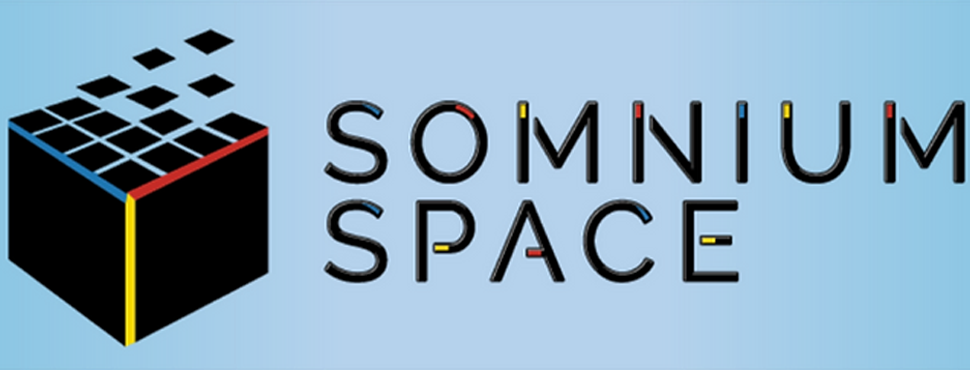
The leader in open-source metaverse NFT platforms, Somnium Space, came to be in 2017 and went online in 2018. This one explores the virtual reality aspect quite a bit deeper than others, and despite being open source (which improves compatibility and accessibility), the project can’t be called very accessible solely for the hardware requirements one has to meet to run the client application. As a metaverse NFT space, this does hold a lot of promise, however.
Seeing these NFTs and Metaverse are going to be the unique $1 trillion revenue-generating business opportunity in 2022. Metaverse is continuously evolving, and more development projects are in the pipeline to enter the digital world. Enter this world of possibilities by launching your own metaverse NFT marketplace.
Which NFT Metaverse Platform Will Lead the Market?
The metaverse NFT market holds much promise, and promise is what gets people going. With new NFT metaverse projects popping up every day, the crypto community gets new reasons to consider investing in the space, and who is there to satisfy this demand? NFT metaverse marketplaces are the first in line to profit from the entire thing, even if the space ends up imploding in a few years’ time and the prices on metaverse NFT projects hit rock bottom. Investors can gamble on anything they want: non-fungible tokens, non-shmungible tokens, whatever — smart investors always make money on those who gamble.



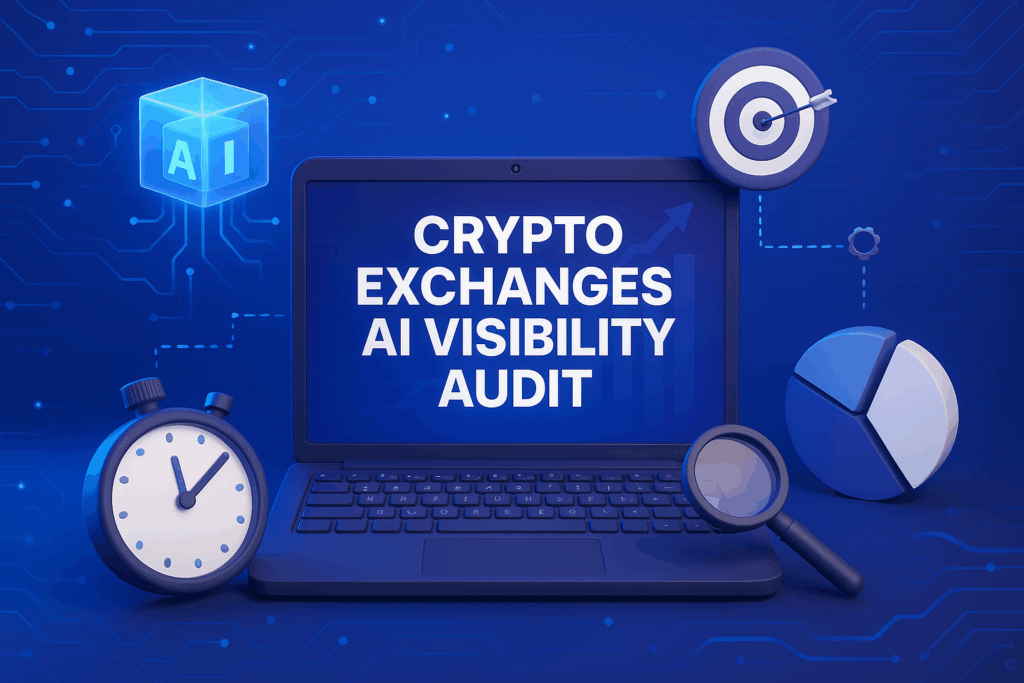

![CONF3RENCE 2025: Leading Web3 & AI Event [Promo Code ICODA20]](https://icoda.io/wp-content/uploads/2025/06/6203-23-1024x580.png)



